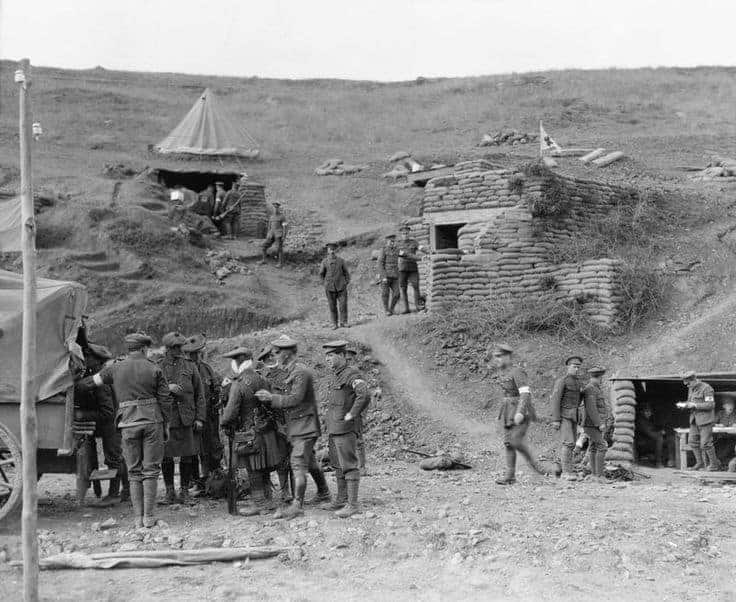The Battle of Dobro Polje is largely forgotten in the great context of World War I, but it is a very defining moment for the Southern Front. The battle was a small one comparatively, but it was monumental in being the very first in a series of events that led to the end of World War I. Dobro Polje is located in modern day Macedonia, and the battle there broke the long-standing deadlock in the Balkans. The battle was won on September 17, 1918 by a tiny Franco-Serbian army, and just two months later on November 11, 1918, Germany became the last of the Central Powers to sign an Armistice.
The Macedonian Front Remained Stable Until the Battle of Dobro Polje
Serbia was invaded by Austria-Hungary in July 1914. The Allied Powers came to the aid of Serbia to try and protect the country, but unfortunately the Allied assistance was too little, too late. Serbia fell to the Central Powers. After the fall of Serbia a front line was established that ran from the Albanian Adriatic Coast to the Struma River.

The Macedonian Front on one side consisted of a number of Allied troops from different countries facing off against the Bulgarians on the other side. There were times when the Bulgarians got help from other members of the Central Powers. Both sides used massive amounts of barbed wire to create their front line. The Allies established what became known as the “birdcage” due the large amount of barbed wire used to halt the advance of the Bulgarians and the German 11th.
The focus of the Allies throughout the beginning of 1916 was just to keep the front where it was. More Allied troops arrived in 1916 and were able to stop the Bulgarians from taking Greece, and therefore kept the front from changing.
In 1917, there was some back and forth of the front line at Lake Doiran, where the Allied troops moved forward in April 1917 and gained ground, only to be pushed back in May. It was not until 1918 and the Battle of Dobra Polje that the Allied forces were finally willing to send the manpower that was needed to move the front line and try to liberate Serbia. By 1918 the Greek Army joined the Allies and helped boost the numbers on the Macedonian front. After nearly three years of a stable front line, a major offensive began in July of 1918 with the Battle of Dobro Polje being the final assault that pushed the front line back and allowed the Allies to move into Serbia.

